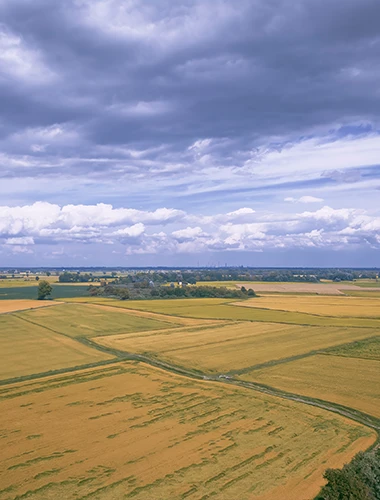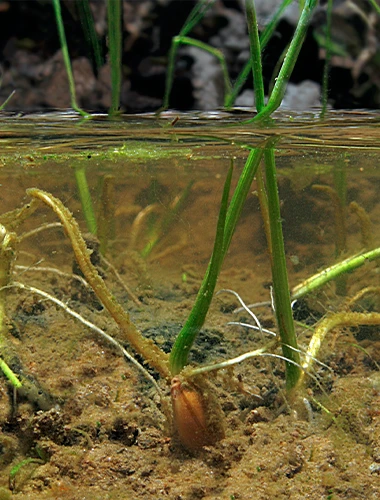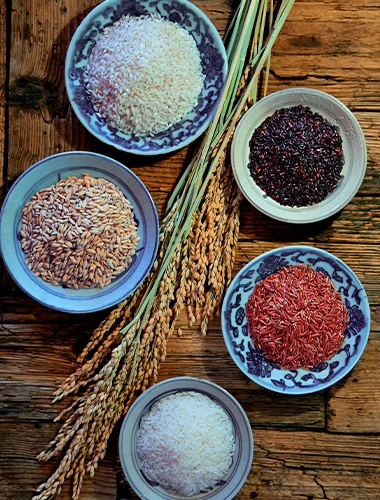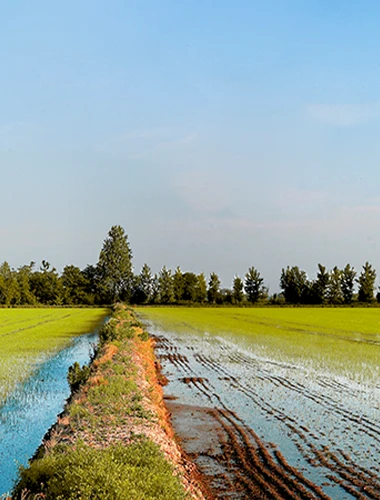Dedicated to rice since the 15th century
Framed by the courses of three rivers—Po, Ticino, and Sesia—Lomellina is, due to its geographical, historical, and cultural factors, one of the most suited regions for rice cultivation in Europe. It was from here that the twelve sacks of rice seed were sent in September 1475 by Galeazzo Maria Sforza to Duke Ercole I d’Este of Ferrara: an event conventionally regarded as the birth of rice cultivation in the Po Valley, and also clear evidence of the cereal’s presence at the end of the Middle Ages. Over the centuries, Lomellina was shaped by its rice fields, creating the unique landscape we see today, with rice being the cornerstone of a balanced and interconnected ecosystem.
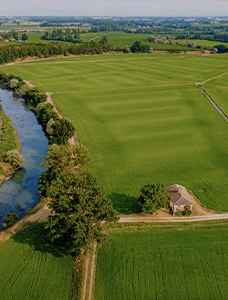

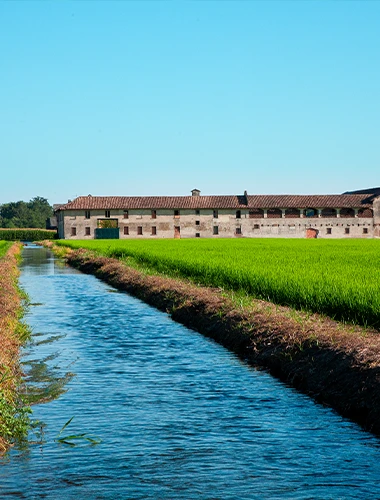
The 19th Century: Cavour and the boost to rice cultivation
Although rice cultivation in Lomellina was long restricted by authorities, as it was believed to be responsible for the malaria fevers affecting the local population, by the mid-19th century it became the focus of a significant transformation of the territory, marked by political, economic, and social changes.
This is evidenced by the parliamentary debate that took place on May 8, 1850, in the Chamber of Deputies of the Kingdom of Sardinia, regarding a bill on rice cultivation. Giovanni Battista Josti, deputy of the Mortara constituency, spoke in response to those wanting to limit the spread of the cereal, claiming its unhealthiness:
“Gentlemen,” he said, “Lomellina is a land of marshes and sands, a land of emerging industry, where every year man adds some new piece of uncultivated land to production. And why is that? Because of rice. Thanks to rice, we have seen the inhospitable marshes of the Ticino and Tardoppio valleys turned first into excellent rice fields and then into beautiful pastures […] Prohibit rice on these lands, and you will return to marshes.”
The following year, on May 17, 1851, Josti urged the Minister of Agriculture and Finance, Camillo Benso, Count of Cavour, to implement works to enhance the water supply in Lomellina using water from the Dora Baltea. This request was met between 1863 and 1866 with the construction of the Cavour Canal, which gave a new impetus to rice cultivation and led to a significant increase in cultivated areas. This trend was further strengthened with the construction of the Regina Elena Canal, started in 1938 and completed in 1954, which still helps to supplement the Cavour Canal’s water supply with water from Lake Maggiore.
New varieties against the backdrop of rice field songs
In the early 20th century, scientific advancements initiated genetic improvements in rice through selection and crossbreeding to obtain more resistant and productive cultivars. The first half of the 20th century saw the emergence of famous risotto varieties such as Carnaroli, Vialone Nano, and Arborio. Concurrently, dietary changes were driven by massive advertising campaigns by the National Rice Authority.
This was the era of the mondariso workers, known for their hard work, exploitation, and social claims, made famous by films like “Bitter Rice” and “The Rice Field”: a period that lasted several decades and saw Lomellina’s farmhouses populated each year by thousands of seasonal workers from all over northern Italy. The mondine, as they were called, continue to captivate the collective imagination with their rich cultural, folkloric, and historical significance. Among the most notable are the famous rice field songs like “Senti le rane che cantano”, “Sciur padrùn dalle belle braghe bianche”, and “Amore mio non piangere”, as well as the less known “Le mondine contro la cavalleria”, referring to an actual event that occurred in 1912 in Lomellina, in Ferrera Erbognone.


